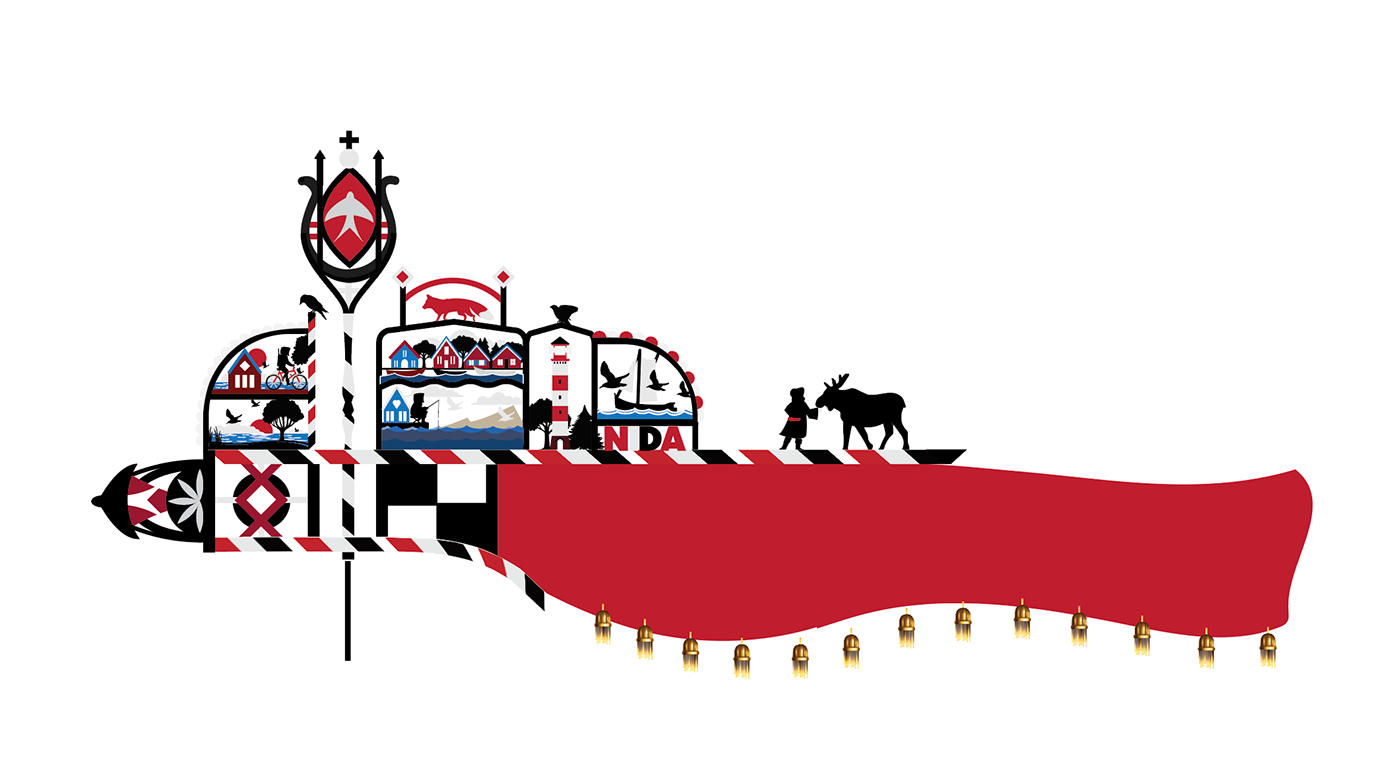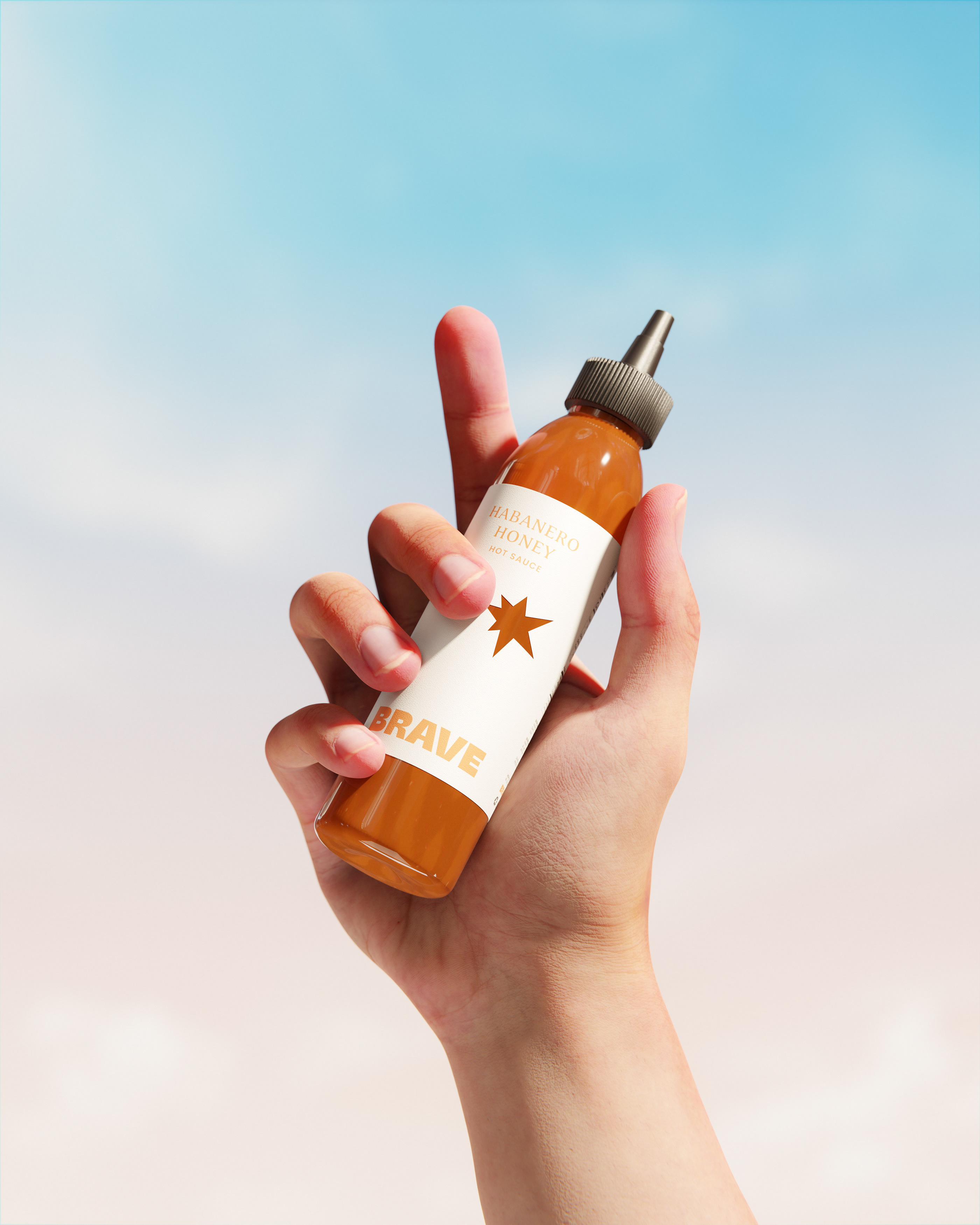Curonian weathervane
The Curonian weathervane is a unique decoration of boats, created by fishermen of the Curonian Lagoon in Lithuania. The weather vanes have been used for identifications, as well as decoration and indication of the direction of wind.




History
In 1844 the Fishery Inspection of the Kingdom of Prussia – starting from the chief royal fishing inspector of the Curonian Lagoon Ernst Wilhelm Beerbohm (1786–1865) – regulated fishery by allowing sailing-boats to fish only in their assigned territories in order to fight poachers. Beerbohm, who lived in Muižė manor near the Ventė Cape, is considered to be the pioneer of weathervanes.
Different weathervanes allowed for boats of different fishermen to be distinguished from a distance, and were thus painted in contrasting colors. Different geometric signs marked individual villages of Curonian Spit. Black and white weathervanes marked villages of the Curonian Spit, red and white weathervanes marked villages from the eastern coast of Lithuania Minor, and yellow and blue weathervanes marked villages from the southern coast of Lithuania Minor. Red and white colored flags was attached at the end of each weathervane.
The first weathervanes were made out of tin or wood, with oak or ash-tree traditionally used for the overall frame, and linden or willow for open-cut carvings. The size (114– 116 cm long without a flag and 40–45 cm height) and material of a weathervane has remained largely the same since then.
Around 1890 fishermen began decorating their colored weathervanes more elaborately. The frameworks of the weathervanes were decorated with images of buildings (such as lighthouses, fishermen’s houses, and churches) and allegorical or religious symbols (such as ships, human and animal figures, crosses, hearts, anchors, and rising suns). These highly decorated weathervanes showcased not only the village of the owner, but also his social standing.






Sketch stage. Mixed two styles of these objects. East coast and west coast merged into one.

Final work
These images are final work of this object. Objects were sketched on plywood and cut out with scroll saw. Then painted and glued together. After this the flag was inserted in the frame. I did not used golden "bangs" as it is in the sketch. Everything done by hands, no used automatic cutting machines, lasers or automatic painting machines.










Thank you for watching! Visit my instagram: we.are.the.woods




